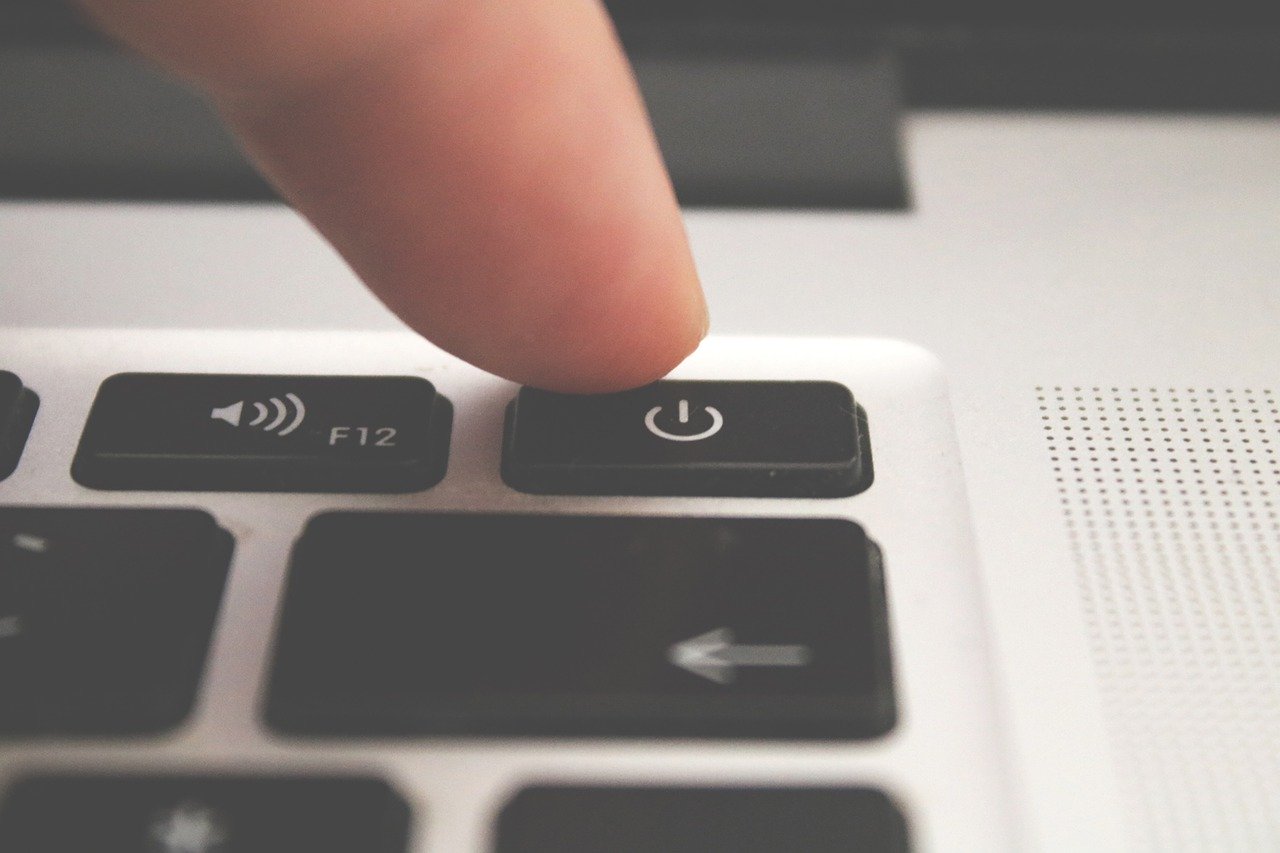How does this potential MS therapy sound to you: a device that stimulates your tongue with a mild electrical current to help you walk better.
A company is seeking approval from the U.S. Food and Drug Administration for a product that would do that. The device is called a portable neuromodulation stimulator (PoNS). It’s a flat card, about half the size of a credit card, with electrodes on its end. A therapist puts the stimulator on your tongue and a low level electrical current is applied to it. The tongue is used as an electrical path to the brainstem. The hope is that the electrical signals will increase the brain’s neuroplasticity, which is its ability to rewire itself to detour around damaged nerves and recreate a new path between Point A and Point B using nerves that are undamaged.
PoNS isn’t used all the time and it’s not something that you can use yourself. A therapist incorporates 20 minutes of this brain stimulation into regular physical or occupational therapy, along with cognitive exercises. It’s hoped that the combination of therapy and stimulation will improve balance and gait in people with multiple sclerosis.
The CEO of Helius Medical, the company that makes the PoNS unit, says he hopes it will give people with MS “a non-drug, non-implantable treatment that has the potential to significantly improve their ability to walk.” That would be nice.
Tongue stimulation risk versus benefit
I’ve used electrical stimulation of a different type for my MS, a Functional Electronic Stimulator called the Bioness L300 Go. This device wraps around my leg, below the knee, and stimulates a nerve in my leg to help raise my left foot, which drags when I walk. I’ve had mixed results, and the stimulation can be uncomfortable, but the L300 does make it easier to walk.
I haven’t found information about how the patients in the clinical trials of the PoNS tongue stimulation device have reacted to electrical stimulation of their tongue. But knowing how sensitive my tongue is when I accidentally bite it, I think I’d have a little trepidation before using this device. On the other hand, if it would help my balance and gait, I might try it. And some comments that I’ve read indicate others are also more than ready to give this a try. Are you?
(A version of this post first appeared as my column on the MS News Today website).
(Featured image by Gerd Altmann from Pixabay).



